Visual Information on Your Sleeve
Recent developments in advanced materials bring the Army closer to next-generation displays for a new breed of warfighter mobile devices.
A coalition of military, academic and industry scientists is approximately one year away from the first working prototypes of mobile devices using newly developed flexible display technologies. The goal is to demonstrate that manufacturing the displays can be done economically, and in quantity, so that they can be widely adopted by mobile device makers, benefitting both the military and consumers. Project managers ultimately hope to introduce mobile devices that are lighter, more reliable and less expensive.
These displays could make possible small screens bearing important tactical information that would be worn on the sleeve of a soldier’s uniform. Another use might be as a pen that fits in a pocket but contains a roll-out display with maps and mission information. The technology even might enable rugged displays worn on the thigh of a field medic with the latest medical record information on the patient in front of him or her.
“The goal of the program is to speed development of flexible displays for the soldier,” says David Morton, program manager for flexible displays with the Army Research Laboratory (ARL) in Adelphi, Maryland. “They had a recognized need for lightweight, rugged, flexible displays. And, although industry was working on it, the goal of the program was to speed the development so that the Army could get them sooner.”
The ARL is conducting the flexible display research and development in conjunction with Arizona State University and a growing list of industry and academic partners (see box, page 47). The focus of the nearly decade-long collaborative effort is the Flexible Display Center (FDC), located in Tempe, Arizona.
Morton stresses that the FDC, and the research that is conducted there, answer what he characterizes as a “key missing link” identified by the Army and Defense Department researchers when the push began more than 10 years ago for a government-sponsored program to spur flexible display research and manufacturing development.
“Industry came back to us and said the key missing link is in the manufacture of thin-film transistor arrays on plastic substrate, the so-called ‘backplane array’ technology,” Morton explains. The integration of all the screen development work underway at the time separately by the companies also was seen as a need that had to be fulfilled.
The development work focuses on two types of display screen technology, the first of which will be familiar to anyone who owns and uses one of the popular e-book readers, Morton says. “We looked at two technologies; the first, E Ink, is used by the Amazon Kindle. We like it for the same reason people like their Kindles—it’s essentially a zero-powered display technology; it’s very good where you need low power; it can be read in direct sunlight; and it’s a reflective technology that can be read with night-vision goggles,” he explains. Displays using E Ink also can be laminated to plastic easily and therefore are easier to manufacture in quantity.
Some of the newest technological developments come in the other technology favored by the FDC researchers, organic light emitting diodes (OLEDs). Display screens using this technology increasingly are being introduced in everything from television sets to laptops and tablet computers. Morton says FDC researchers are working to improve OLED technology and manufacturing because “it’s lower-powered than traditional liquid crystals by a factor of two. Also, since organic materials are low-temperature materials, it means you can put them on plastic.” He adds that even though OLED screens consume more electricity, they are capable of displaying full-motion and high-resolution video, making them the choice for devices where the display of videos is crucial.
The main challenge for flexible display researchers is working toward a method by which the transistorized electro-reactive elements (E Ink, OLEDs) successfully can be bonded with the plastic sheet that serves as the basis for any lightweight display, a process that generally requires a measured amount of heat. “To do that, you need to know how to handle the plastic, because plastic stretches when you heat it up. It’s not flat, and it’s not smooth,” Morton explains. By comparison, glass displays normally are bonded with their electro-reactive elements at temperatures close to 300-350 degrees Celsius. Plastic requires bonding temperatures for the electronic elements at 200 degrees Celsius or less.
Morton says that in recent months FDC researchers have been able to make plastic display sheets using both E Ink and OLED transistors with quality as good as a comparably sized glass screen. “The actual way we process the plastic is with a ‘bond-debond’ process. Think of it as an electronic ‘Post-It’ note. We glue the plastic to a rigid carrier; process it; and then peel it off like a Post-It note when we’re done,” he describes. The process brings researchers one step closer to being able to manufacture display screens in mass quantities.
The effort, which has been underway since 2002, builds on research initially conducted on flexible displays in the 1990s by the Defense Advanced Research Projects Agency (DARPA). In 2002, the ARL conducted a competitive search for a partner with which to develop a program that would not only spur development of the material science behind flexible displays, but also develop manufacturing techniques. “We narrowed it down to four proposals where we visited the universities with a group of senior Army technical people and managers to evaluate the proposals as part of the bid process,” Morton relates. Arizona State University (ASU) won the open competition. “They had a good technical team, and they had considerable university and state support for the program. They also had the best facilities to do the work that we wanted to have done.”
Those facilities include the FDC, a 250,000-square-foot display research, development and manufacturing facility formerly owned by Motorola in an adjacent ASU-owned office park. The center is fully equipped for developing the plastic-and-glass laminates that make up flexible displays, and it includes more than 40,000 square feet of “clean” laboratories. “A major part of this facility is the ability not only to make things but also to demonstrate pilot manufacturing. To do that, you need significant space and facilities,” Morton outlines. Another 25,000 square feet of the space is devoted to pilot manufacturing, or prototyping.
Morton says ASU made significant investments in equipment and other resources needed to facilitate prototype manufacturing techniques. “They bought a research tool set that is six-inch wafer scale,” he explains, indicating an industry standard for a device that enables the automated production of LEDs. ASU also procured a research tool that he describes as “gen-two manufacturing scale. Gen-two refers to display manufacturing sizes,” he explains, noting by comparison that 10 years ago, notebook computer screens were built to gen-two scale, approximately 470 millimeters wide by 370 millimeters high.
Still in the works is research to improve OLED technology for a gen-two screen. “The problem is development of a barrier layer to seal the screen” following the bonding process, research that Morton adds is taking place in industry research labs along with the FDC.
Key to the work going on at the FDC is that it involves numerous industry partners, says Morton. “UDC [Universal Display Corporation] is one of our key partners because they do the OLED materials. Another is E Ink, which makes all of the materials that go into the Kindles. Another key partner is DuPont Teijin Films, because it makes the plastic substrate.” In some cases, display technology developed at the FDC already is turning up in products made by partner companies. The FDC helped DuPont Teijin develop a plastic film currently being sold to wholesale display manufacturers.
The FDC is also developing working prototypes of mobile devices and other military uses for flexible displays, based on input from several of the centers military partners. “The other mission for the center is to fabricate adequate quantities of demonstrators utilizing good displays integrated into devices so that we could get soldier feedback,” according to Eric Forsythe, team leader for flexible electronics at the ARL. He adds that he and Morton have visited facilities such as Fort Benning and Fort Bliss to put mock-up devices in the hands of soldiers to obtain their input on how flexible displays might be integrated into mobile devices. The two men have also briefed key Army officials on where flexible display technology is headed to build support for their efforts.
One potential form factor using flexible displays puts that display on the forearm of a soldier’s uniform. Another places the display on the knee and upper thigh. A number of the FDC’s small business partners are taking samples of flexible displays and coming up with their own designs. Forsythe says that the Army’s Human Research Engineering Directorate also has polled soldiers to ascertain what features would be helpful in the field.
Because flexible displays integrate the electronic components that make them work into lightweight, mobile forms and devices, work in this area also is contributing to the larger field of flexible electronics. “The technology we’ve developed can be used for a lot of other things,” Morton states. One of the first such products now in development is a flexible digital X-ray sensor, which initially is earmarked for use by bomb-disposal units.
Some flexible display demonstration devices are in the pipeline for Program Executive Office (PEO) Soldier and PEO Netwarrior, primarily utilizing E Ink technology. Demonstration devices utilizing the harder-to-manufacture OLED screens still are in development, with screens from one of the big Asian manufacturers available next year. Morton believes that the Army’s investment in the FDC helped to advance development of flexible displays by at least five years.
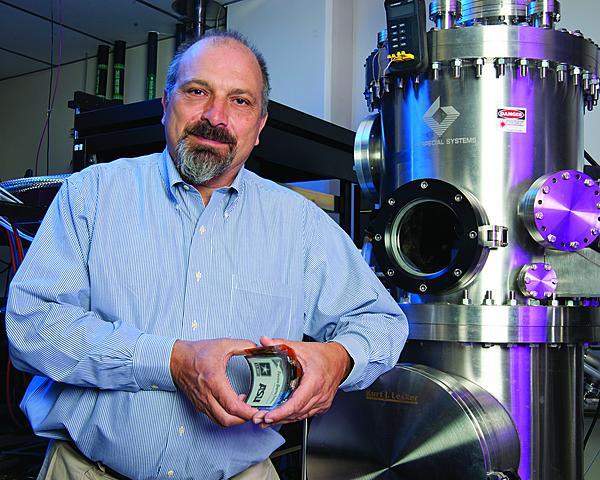
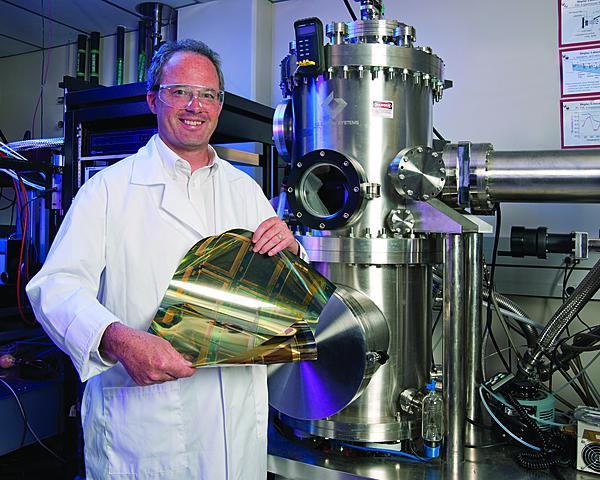
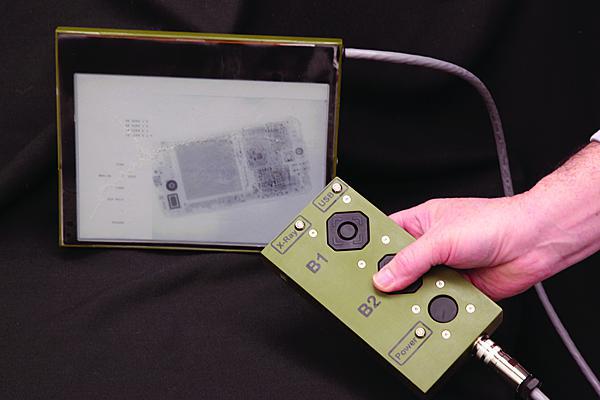
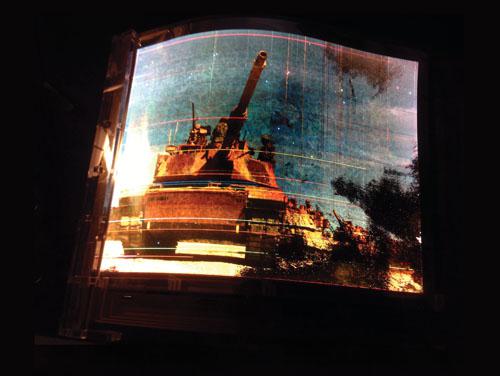


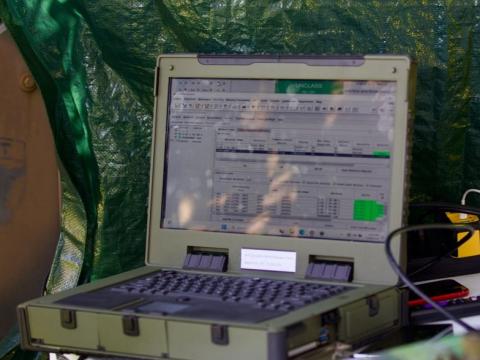
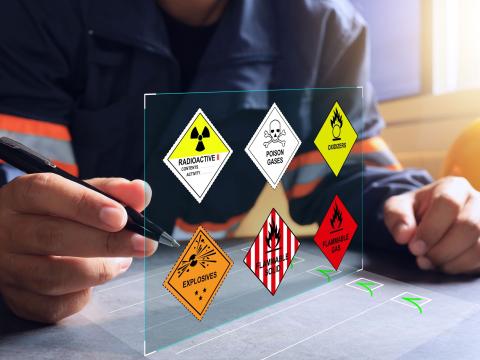
Comments